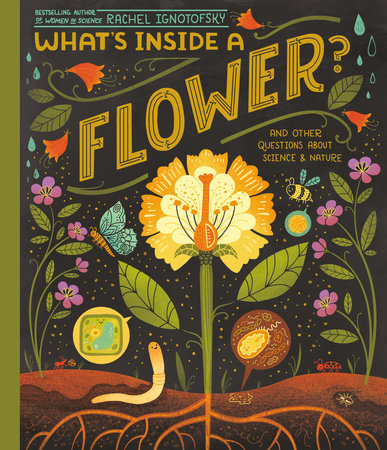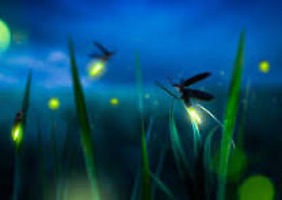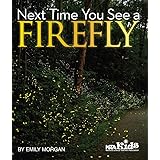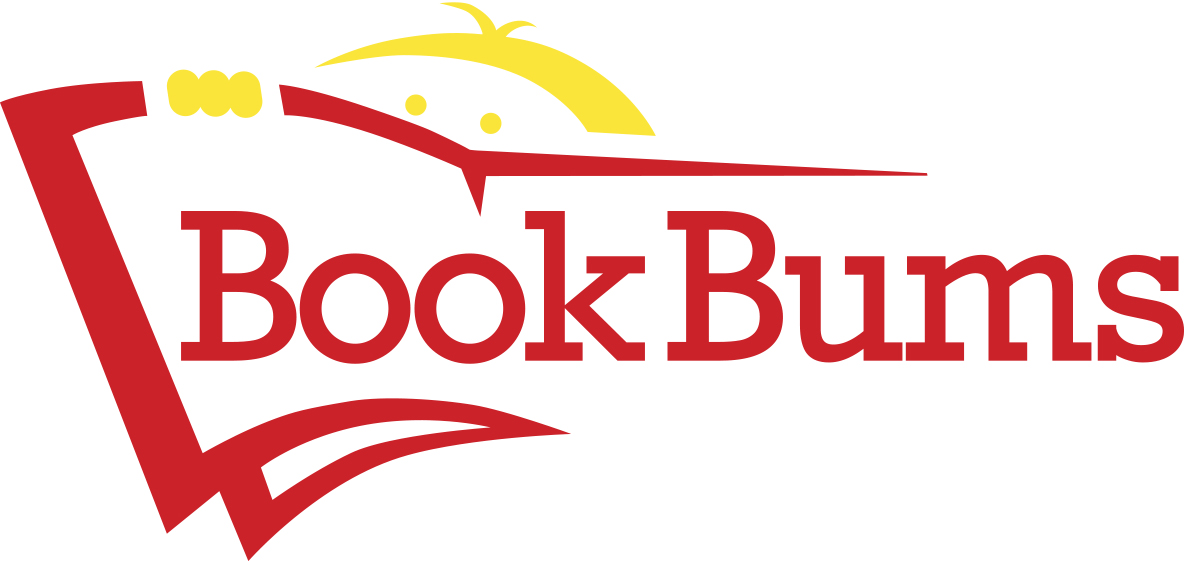
Hello Book Bums families!
We hope you have been enjoying your summer so far!
This week in the newsletter we get excited about that summer friend, the firefly. We're sharing books, crafts, and poetry about this luminous insect. Of course, you'll also find your favorite regular features. Read on and enjoy!
Bookbums.com is an Amazon Associate; We earn from qualifying purchases. This means that if you click on a link to Amazon.com and make a purchase, We may earn a small commission at no extra cost to you. We do recommend the products. Feel free to find them by other means.
Word of the Week
forum (for-um) noun/person, place, or thing - a public meeting place for open discussion
The purpose of the town hall was to provide a forum for citizens to share concerns and ideas and to hear from each other.
Literary Calendar
- On June 18, 1939, the American Library Association (ALA) adopted the Library Bill of Rights.
- It begins with the statement that the ALA "affirms that all libraries are forums for information and ideas."
- Read the Library Bill of Rights here.
From our Bookshelves
This is a gorgeous nonfiction picture book for elementary-age kids who love to learn about the world around them. It will inspire investigation in all things having to do with plants including soil, pollinators, and the parts of a flower. Though the text is accessible, it’s not primary. Kids will be introduced to big ideas and scholarly words that just might inspire your backyard scientists! And perhaps your young artists will be inspired to begin drawing or painting the flowers they observe in your yard.
I’m always saying to parents that the best thing they can do over a summer is to provide a variety of rich experiences and to pay attention to the words around them. This book is a great way to enrich your children’s knowledge about science and nature.
Read this treasure of a book together. Then grab a shovel and go looking for worms— excellent decomposers that eat waste like garbage, dead things, and poop. Find a flower and gently pull it apart to observe the stigma, style, ovary, anther, and filament. Record with video or photos which kinds of pollinators are visiting which flowers in your yard. And it’s not too late to invite your child to plant something. It could be seeds, plants, or even some potatoes that have begun growing sprouts.
To help your kids get up close and observe the tiny details of each flower specimen, you might want to purchase some magnifying glasses. I just purchased these for an investigation we did with a group of kids learning about secret codes, spies, and lifting fingerprints. They were a hit!

Tips for Families
It’s almost time for fireflies, and MetroParks has a free event that your family might be interested in checking out. On June 20th, from 8:30-9:30 p.m., you may enjoy a short, easy hike in search of fireflies. It’s free and no registration is required. MetroParks educators will share why and how lightning bugs make their light and ways you can attract these helpful critters to your backyards.
Did you know that because the larva are active predators, they are great for gardens because they help to control pests like slugs and snails for the 1-2 years they spend in that stage? It’s true, so if you can’t attend the MetroParks event but you want to attract fireflies, here are some tips:
- Leave some logs, branches and leaves where they lie. Manicured lawns aren’t enticing to fireflies.
- Mow less often. Fireflies spend their days on the ground. If you can, leave some areas unmown.
- Avoid the use of pesticides and lawn chemicals.
- Limit the use of lights in the summer to what’s necessary for safety.
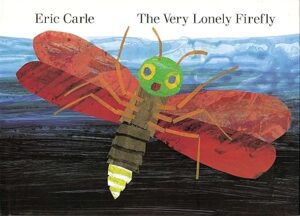
The Next Time You See a Firefly by Emily Morgan (local author and educator AND a former Book Bums family)
Fireflies (Nocturnal Animals) by Mary Rose Dunn

Fireflies by Julie Brinckloe
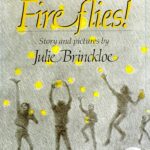
Firefly Home by Jane Clarke

It’s Firefly Night by Dianne Ochiltree

Sam and the Firefly by P. D. Eastman

You can no longer purchase the following book, but you can watch as it’s read aloud, here.

Firefly Craft (a throwback from our newsletter in 2022)
These look like a lot of work, but once the holes are drilled, they’re so much fun to make!

Supplies & Tools:
- pony beads for wings
- plastic Easter eggs
- movable plastic eyes
- chenille stems/pipe cleaners
- LED tea lights
- glue
- hand drill with small bit (to make holes in plastic eggs)
- scissors
- cardboard or thick mat to protect surface while drilling holes
Directions:
- Lay the longer portion of an egg onto a thick piece of cardboard or mat to preserve the counter surface. Using the drill, make four holes into the side of the egg. The set of holes farther in, along the egg, have a shorter distance between them. These holes are where the legs will be located. Drill two holes into the shorter side of the other half of the egg. This is also for legs.
- Turn the longer half of the egg and drill four holes in a line, starting approximately ¼” from the edge of the egg. This is where the wings will attach. These holes should line up across from the previous holes.
- Turn the shorter egg and drill two holes in a line approximately ¼” from the edge of the egg. This is where the antennae will attach, lining up with the wings of the longer half of the egg. These holes should line up across from the previous holes.
- Cut a 6” length of pipe cleaner. Thread the pipe cleaner down into the first hole from step three and back out the second hole. Curl the edges out and under. These are the antennae.
- Cut three 4” lengths of bright colored pipe cleaner. Thread a pipe cleaner down into a set of holes from step one and back out. Repeat for the second set of holes and again for the set of holes on the shorter egg half. Curl the legs outward, up, and in.
- Thread a full length of pipe cleaner from inside an end hold (from step two), keeping a 1” tail inside the egg half. Thread thirteen pony beads onto the pipe cleaner and then bring it back down through the hole. Bring the pipe cleaner back up through the next hole and thread on thirteen more pony beads. Bring the pipe cleaner back down into the egg and trim the wire leaving a 1” tail. Curve the beaded pipe cleaners into rounded wing-like shapes.
- Adhere two moving eyeballs to the end of the shorter part of the egg, just below the antennae, and let the glue dry completely.
- Insert the flame end of the battery-operated tea light into the larger end of the egg.
~from Joann Fabrics and Crafts
Pause for Poetry
Fireflies
by Bliss Carman
The fireflies across the dusk
Are flashing signals through the gloom—
Courageous messengers of light
That dare immensities of doom.
About the seeding meadow-grass,
Like busy watchmen in the street,
They come and go, they turn and pass,
Lighting the way for Beauty's feet.
Or up they float on viewless wings
To twinkle high among the trees,
And rival with soft glimmerings
The shining of the Pleiades.
The stars that wheel above the hill
Are not more wonderful to see,
Nor the great tasks that they fulfill
More needed in eternity.
Practical Grammar
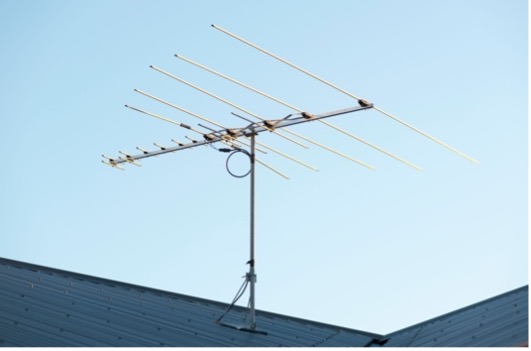
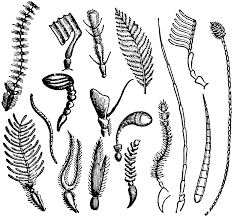
antenna:
1. long, thin sensory appendages on the heads of insects
2. a rod, or wire, or other device used to transmit or receive radio or television signals
But . . .
The plural of antenna is antennae /an-teh-nee/ when referring to the sensory organs of insects and antennas /an-teh-nuz/ when referring to devices like radio antennas.
Now you know.
Tips for Raising Readers and Writers
Kids can be intimidated by the “Is it a c or k or c-k?” conundrum. Here are the down and dirty tips to help guide your kids to the correct one.
First, c-k only follows short vowels. (Except with names. With names, all bets are off.)
These words have c-k’s because the /k/ sound follows short vowel sounds: pack, peck, pick, pock, and puck. At Book Bums we call them “built in blocker letters” because when you add endings, vowels (like a magic e) cannot jump over a c and a k to tell the vowel to say its name.
When the letter c is followed by an e, i, or y, the sound for c changes from the hard c sound /k/ to the soft c sound /s/. In words with e, i, or y following a /k/ sound, we need to use a k.
keep, kite, Kyle
The /k/ sound followed by the other vowels (a, o, u) is written with a c.
cart, cord, curd
Just for Fun
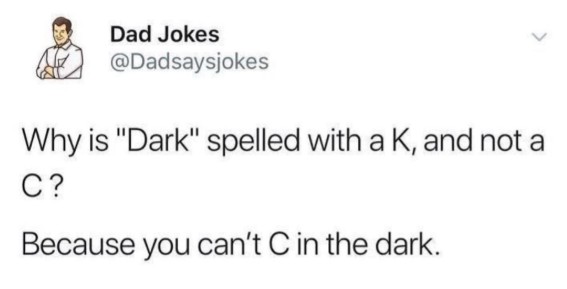
News from Book Bums
I’ve taken a little break from the On Your Way podcast to devote my time and effort to the Lakota Summer School program, but I’ve been collecting notes and plan to get back on the mic very soon. Thank you for your encouraging words. It’s so nice to be missed!
We still need volunteers at VanGorden Elementary School. I’m amazed at just how many people come almost every day—and they’re loving it! I mean, we get to begin each day with purpose. We get to see growth in students who need it. And we get to be a part of something greater than ourselves. What’s not to love?
I sure would like for you to join us!
The other day I heard a student singing one of our songs, “It’s the Best Day Ever!” (You may want to add this one to your playlist, because it’s just so darn happy!)
We’re serving kids all next week and then again July 7th – July 25th from 8:30-11:00 a.m. It’s a come when you can deal, and we hope you’ll come just as often as you’re able!
My husband joined us one day, and he was the perfect one to connect with a struggling student. He had some kind of magic that student needed. You have the magic too! Email Judy at judy@bookbums.com for more information.
Tips for Teachers
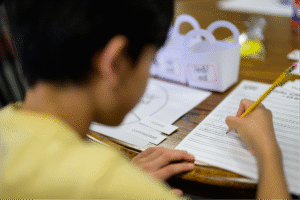
I was listening to a podcast called Triple R Teaching with Anna Geiger, and her guest, though not a very good speaker, was certainly right about direct instruction. The episode is called “Anything but Boring: The Power of Direct Instruction” with Dr. Zach Groshell.
I was reminded as I listened that there are many folks who believe kids should learn in particular ways, and that many of those folks have an aversion to direct instruction (what we offer at Book Bums).
Here’s what you should know about direct instruction:
Direct instruction is a teaching approach where teachers clearly explain new material, they demonstrate how to use the new material successfully, and then they provide plentiful practice opportunities with encouraging guidance for students.
Direct instruction is provided by an enthusiastic, fast-paced teacher who is committed to excellent student achievement. S/he does not allow students to play small, and s/he ensures students pay attention to what’s happening in class. S/he has high expectations for all students, and s/he makes students’ successes known.
Teachers offering explicit, direct instruction recognize that the love of learning comes from being successful. The love of learning comes when students see that what they’re learning makes sense, there’s purpose to it, and that they can be successful.
In short, direct instruction involves: 1) explicit instruction, 2) where the teacher takes the lead 3) in providing structured lessons, 4) while also offering students plentiful opportunities for practice with high-quality and timely feedback 5) helping students to recall the required content. 6) These teachers use a systematic approach 7) to ensure student mastery.
If you know someone who would benefit from our newsletter or tutoring at Book Bums, please share this email with them! Thank you.
Copyright © 2024 Book Bums, All rights reserved
Our mailing address is:
7967 Cincinnati-Dayton Road Suite L
West Chester, OH 45069


